Choosing to get from Point A to Point B via a bicycle is wise for many reasons. Cycling instead benefits both your health and the environment. It can also be more cost-effective than driving.
That said, it’s important to remember that bicycle accidents can happen. The victims of bicycle accidents are often left with serious injuries if they collide with a car—they aren’t protected by the metal frame of a car or similar vehicle.
You can’t control whether others are negligent behind the wheel. However, you can control your own actions. Avoiding dangerous behaviors while cycling may significantly limit your chances of being harmed in an accident.
The following are among the most dangerous behaviors to engage in while cycling. Protect yourself by refraining from them.
Cycling While Intoxicated
We emphasize the importance of not driving while intoxicated so much that it can be easy to forget the dangers of cycling under the influence. In fact, law enforcement in all states can stop you and impose penalties if you cycle while under the influence of drugs or alcohol. Don’t get on your bicycle if you’ve been drinking or using drugs, even if you’ve only had a couple of beers.
Cycling While Drowsy
It’s important to understand that lack of sleep can impair you in the same way that alcohol can. Avoid cycling when you haven’t properly rested.
Using Your Phone
Cycling is similar to driving in many basic ways. For example, both safe cycling and safe driving require being aware of your surroundings at all times. You need to be able to react to any potential hazards you encounter on the road. Sometimes, a fraction of a second can be all it takes to determine whether a cyclist is injured or whether they avoid harm.
Stay off your phone while cycling. If you genuinely need to use it, move to a safe area and park your bike before doing so.
Not Signalling Turns or Changes in Direction
Cyclists often underestimate how surprising their actions can be to motorists. Familiarize yourself with bike hand signals, and use them to let others know when you are turning or changing direction. When you are making a turn or changing your direction in any way, confirm that it’s safe to do so first.
Not Wearing Reflective Clothing at Night
It’s best to avoid cycling at night whenever possible. Most accidents that result in the death of a cyclist occur at night. If you must bike at night, wear reflective clothing. Of course, it’s also important to wear all basic safety gear (such as a helmet) whenever you’re cycling.
Cycling in Dangerous Locations
Bicycle accidents are more likely to occur in or near certain types of locations. They include the following:
- Urban areas
- Bridges
- Highways
- Busy intersections
- The surrounding areas of malls and shopping centers
- Near buses and other major forms of public transportation
As much as possible, make a point of avoiding these locations when planning bike routes. It’s also wise to research the roads and intersections in your area where bicycle accidents are most common.
Cycling Too Close to Parked Cars
Drivers and passengers have a responsibility to check for cyclists, pedestrians, and other drivers before opening their doors to exit parked cars. Sometimes, they fail to do so.
Keep this in mind when cycling. The bike lanes in some crowded cities don’t offer much space for cyclists to avoid riding near parked cars. However, you should avoid parked vehicles when it is safe to do so.
Allowing Children to Cycle to School
This point has less to do with your own safety and more to do with the safety of your children. Although you may wish to let your children cycle to school, statistics indicate they’re safer taking the bus or other standard means of transportation.
There are many benefits to cycling, but you should be aware of the behaviors you should avoid to keep safe on your bicycle.
For more information, see our benchmarking report or contact us.


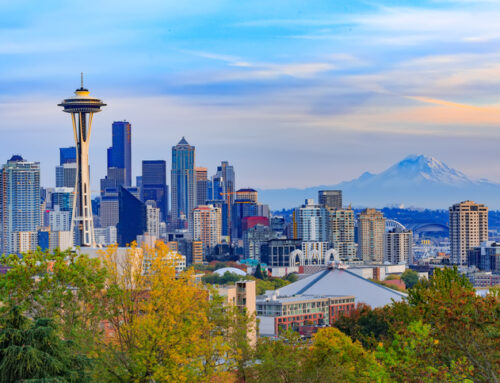
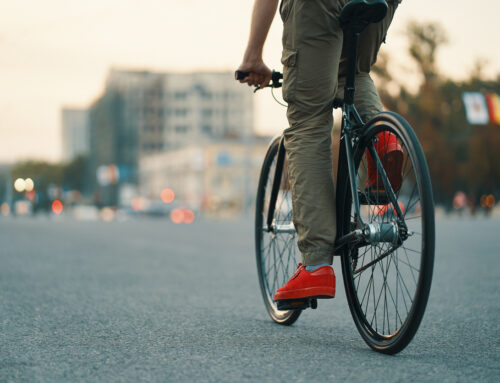
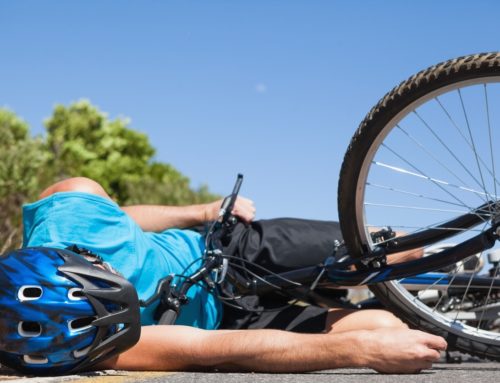
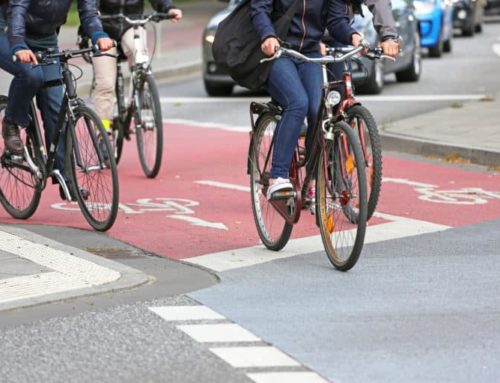
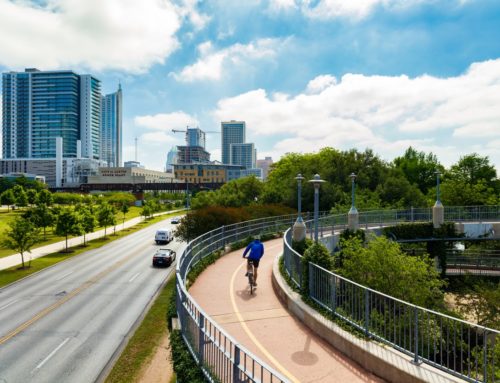
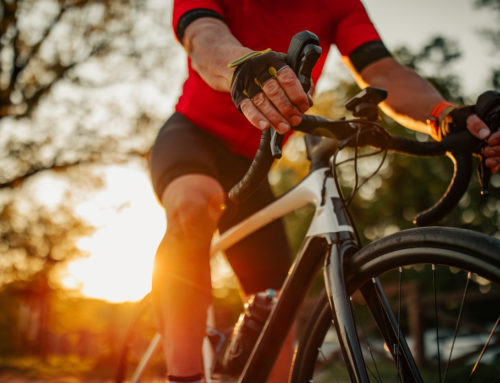
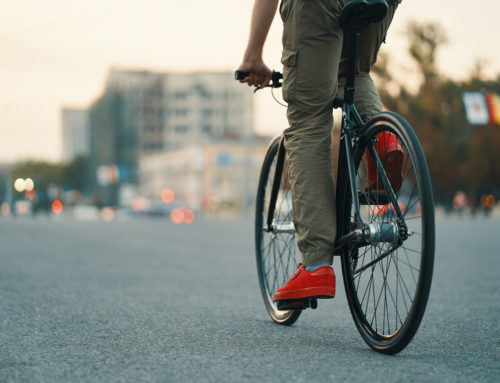

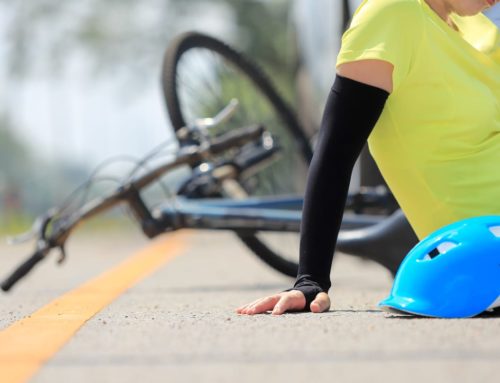
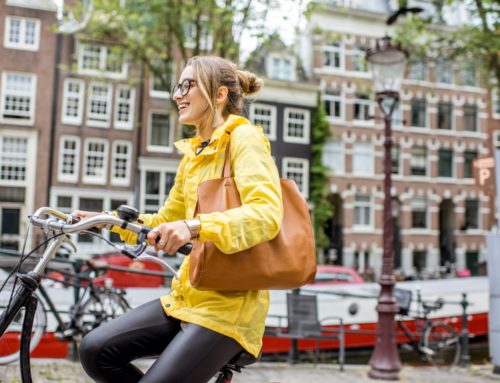
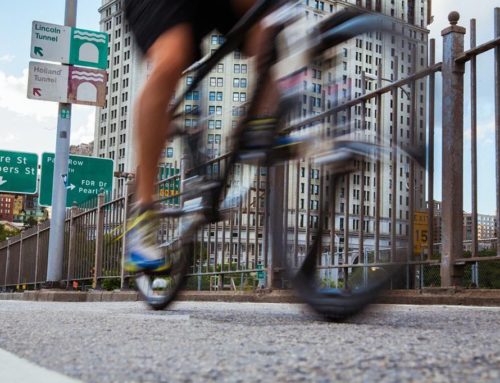
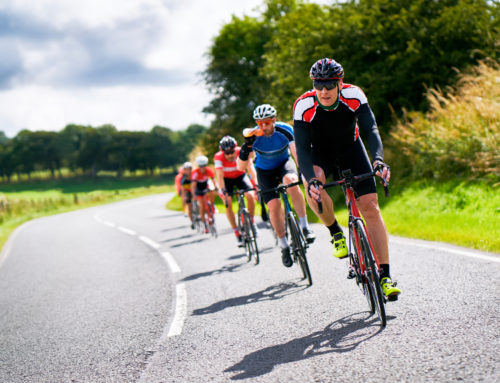
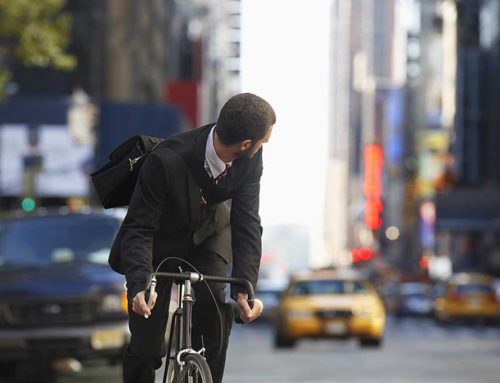
Leave A Comment